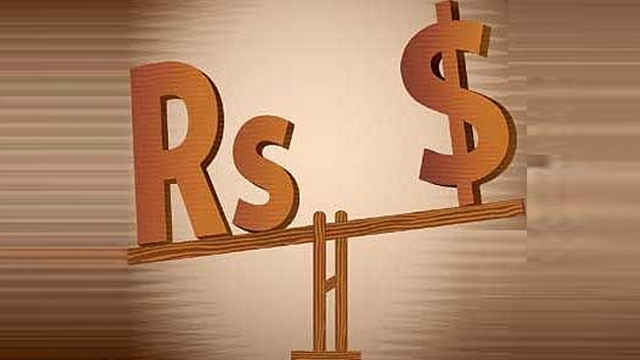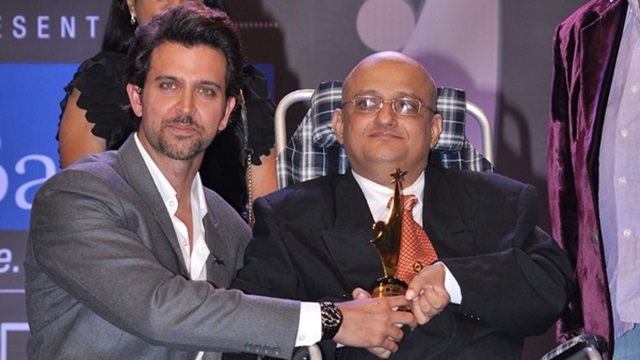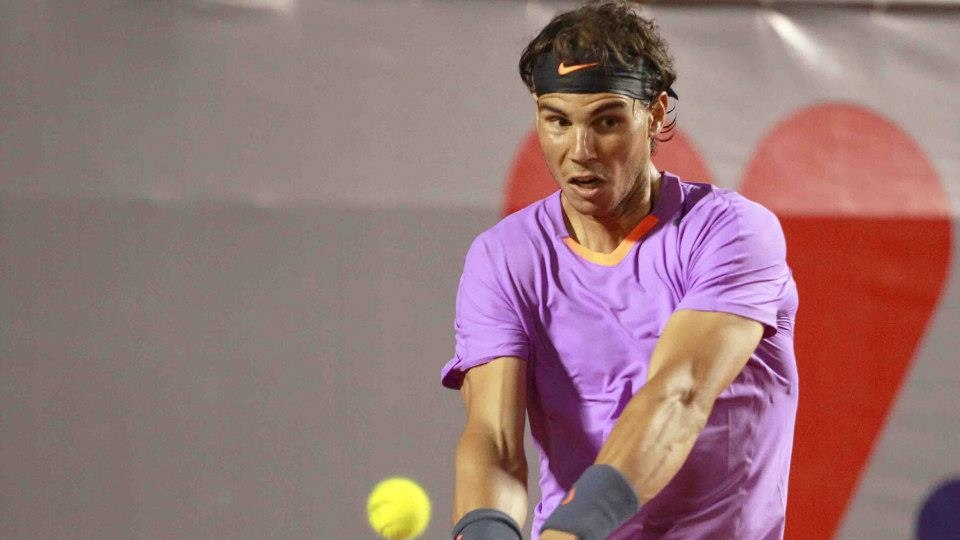The Indian rupee hit another record low on Tuesday, slipping below 64 against a dollar for the first time, and key indices of the stock markets dropped sharply for the second straight session, despite a slew of measures announced by the central bank and the government to defend the currency.
The Indian rupee hit another record low on Tuesday, slipping below 64 against a dollar for the first time, and key indices of the stock markets dropped sharply for the second straight session, despite a slew of measures announced by the central bank and the government to defend the currency.
The rupee posted its biggest single-day loss in nearly two years. It slumped by 2.3 percent, the biggest loss since Sep 22, 2011.
The partially convertible rupee slipped to a new record low of 64.11 against a dollar at the inter-bank foreign exchange market in Mumbai, surpassing its previous record low of 63.30 hit on Aug 19.
The rupee and the US dollar were on the same footing when India got independence in 1947. This means the Indian currency has depreciated by more than 63 times against the greenback in the past 66 years.
The Indian currency has lost nearly 15 percent of its value since the beginning of the current financial year.
The Indian currency has hit new lows thrice in the past two weeks despite a series of measures announced by the government to curb current account deficit and revive economic growth.
The lack of confidence in our growth story is keeping most investors on the sidelines.
With the general election approaching next year, the government is instead betting on expensive populist policies and has woken up late to the harsh reality that the economy faces.
It will be tough to imagine inflows resuming into the economy till some material steps are taken to revitalize the declining confidence. So, over the medium term there is high probability that the rupee will slip to Rs 65 levels.
The government tried to salvage the situation without much success. Finance Minister P Chidambaram held meetings with key officials to take stock of the situation.
The currency has been hurt by investor frustration at the slow pace of economic reform in India, which has made it harder for the country to finance its hefty current account shortfall.
The Reserve Bank of India (RBI) has recently announced several measures, including curbs on Indian firms investing abroad and outward remittances and putting stricter control on banks dealing in foreign currencies, in a bid to control the outflow of money.
Despite these measures the currency and the equities markets are on the free fall. The rupee continues to hit new record lows almost every week.
“The host of measures taken by the central bank in recent weeks has failed to revive the sentiments. Problems on the domestic front and global uncertainties are putting severe pressure on the rupee,” said Abhishek Goenka, founder and chief executive officer, India Forex Advisors.
The World Bank’s chief economist Kaushik Basu, however, said the current situation in the Indian economy could not be compared with the balance of payment crisis of 1991.
“Several people have come to me asking are we back to 1991? That is completely a non-question because if you look at a couple of numbers there is absolutely no comparison,” Basu, a former chief economic advisor in the Indian government, told reporters in New Delhi.
Asia’s third largest economy is growing at its slowest pace in a decade and the rupee is at an all-time low.
In 1991, India just had enough reserves to cover three weeks of imports, which forced the country to pledge its gold in order to pay its bills and had to push through reforms to start opening up the economy. Now Prime Minister Manmohan Singh was the finance minister at the time and is regarded as the saviour of economy.
Now, India is apparently trying to curtail its citizens’ voracious demand for the yellow metal, through measures such as hiking import duties, banning the import of coins and medallions and making domestic buyers pay cash.
The government wants to control bullion imports this year to ‘well below’ last year’s figure of 845 tonnes.
India’s current account deficit stands at a record high of 4.8 percent of gross domestic product, while economic growth has slowed to 5 percent.
-Inputs IANS





